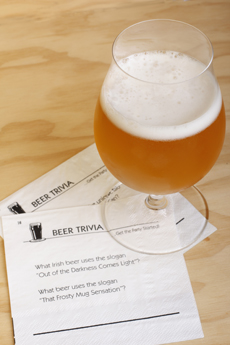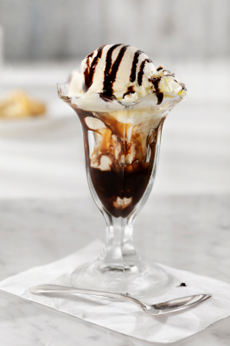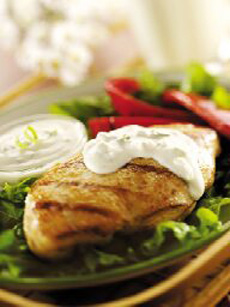|

Trivia napkins break the ice or stump your
friends. Photo by Jaclyn Nussbaum | THE NIBBLE.
|
|
If your party guests don’t know each other, breaking the ice can be the first order of the day.
Trivia Party Starters prints cocktail napkins that entertain your guests and get them to interact.
We chose Beer and Wine versions, but there are 12 subject categories that include Baby Shower, Celebrity, Christmas, Comedy Movie, Sports and TV Sitcom, among others.
While they’re a bit pricey, at $5.99 Canadian/$6.23 U.S. for 20 napkins and 40 different questions—two questions per napkin—you only need one pack to get the party started.
You can also make a game out of it, playing “Napkin Trivial Pursuit.” The person who collects the most napkins wins…a bottle of wine or a six-pack of beer.
Check ‘em out at Trivia Party Starters.com.
P.S. What vitamins does beer contain?
Answer: All of the important B vitamins, plus vitamins A, D and E. More about beer nutrition.
|



